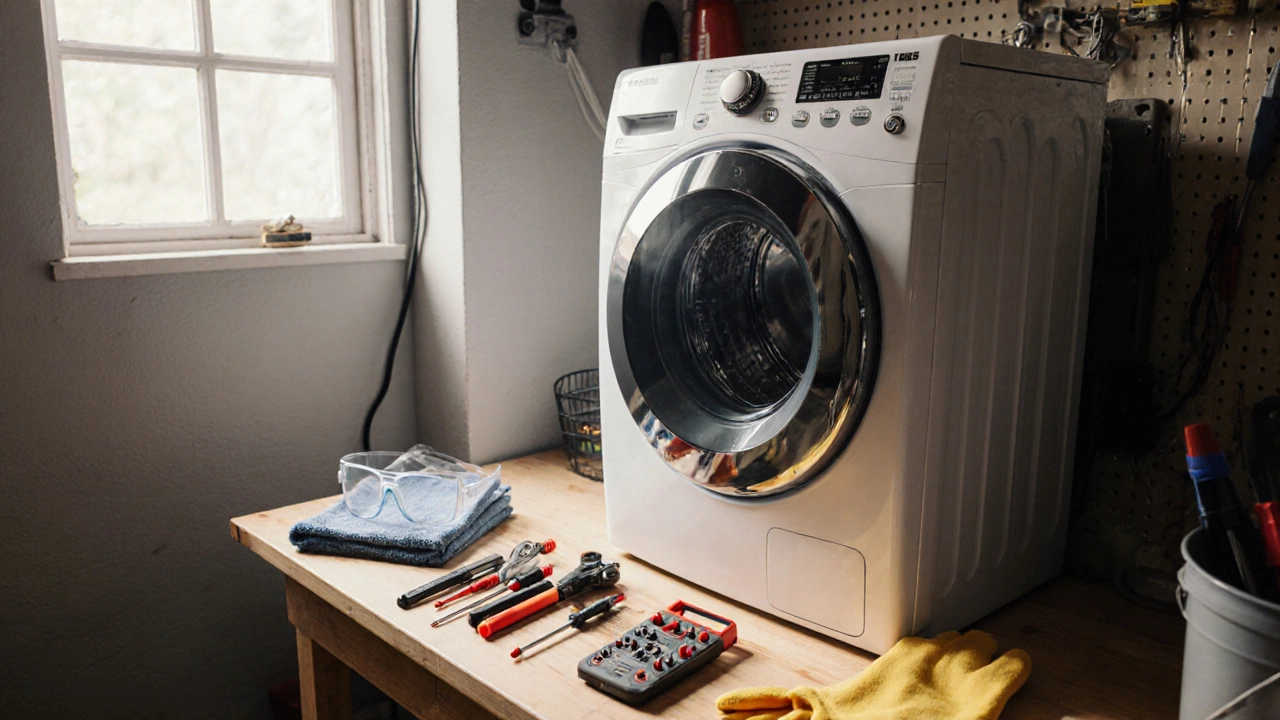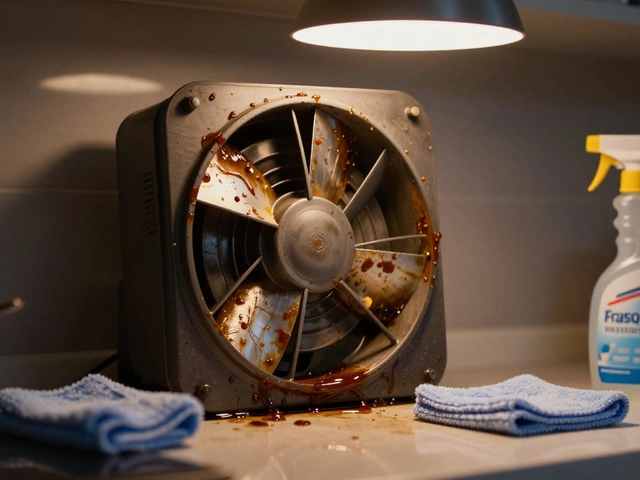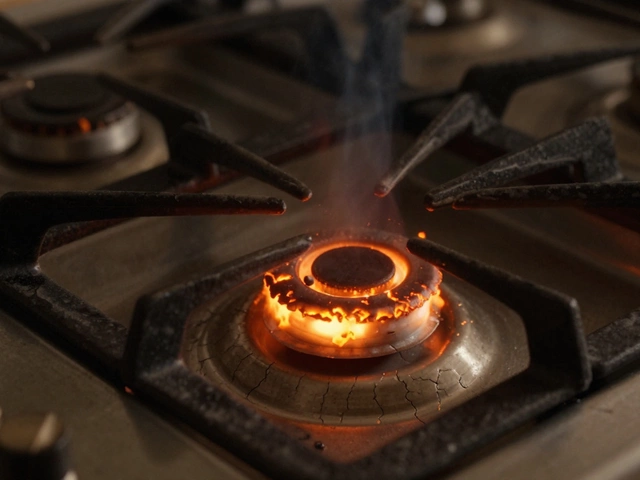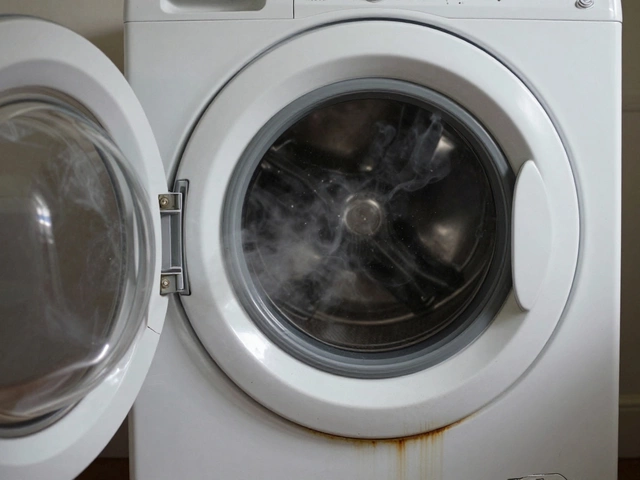Home Appliance Repair: Quick Fixes, Expert Tips, and Guides
If your washing machine is humming weirdly or the fridge stopped cooling, you don’t have to panic. Most everyday problems have a simple cause and an even simpler fix. In this guide we’ll walk you through the most common hiccups for the big appliances in a typical home and show you when it’s worth rolling up your sleeves versus calling a pro.
Common Problems & Simple Solutions
Refrigerator not cooling – First, make sure the door seals are clean and the fridge isn’t overloaded. A dirty condenser coil can also cause overheating; pull it out, vacuum the dust, and watch the temperature drop back to normal. If the coil looks fine, check the thermostat setting – it’s often set too high by accident.
Washing machine won’t spin – The most frequent culprit is an unbalanced load. Split the laundry into smaller batches and try again. If the machine still refuses to spin, look at the lid switch – a faulty switch tells the drum to stay still. Replacing the switch is a quick DIY job with a screwdriver.
Dishwasher not draining – A clogged filter or pump is usually to blame. Remove the bottom rack, locate the filter inlet, clean out food debris, and run a short cycle. If water still pools, the pump impeller might be jammed; a quick visual inspection often reveals a broken piece that you can replace yourself.
Oven won’t heat – Check the bake element for visible cracks or breaks. If it looks okay, the thermostat could be misreading the temperature. Many ovens have a simple reset button on the control board – press it and test again. When the element or thermostat is the issue, swapping them out is straightforward with basic tools.
Water heater keeps tripping the reset – This usually points to a burnt‑out heating element or a buildup of sediment inside the tank. Turn off power, drain a few gallons, and inspect the element for corrosion. If it’s damaged, replace it; if sediment is heavy, a full flush will often solve the problem.
When to Call a Professional
Even the most handy homeowner should know the line where DIY ends and a certified technician begins. If you encounter any gas‑related issue, such as a leaking boiler or a faulty gas valve, shut the system off and call a licensed plumber‑heating specialist. Electrical faults that spark or make a buzzing noise also deserve a pro’s attention – working with live wires can be dangerous.
Complex appliances like built‑in ovens, high‑efficiency boilers, or heat pumps often have proprietary parts that require specific tools or warranty considerations. Trying to fix these on your own can void the warranty and end up costing more in the long run. When you’re unsure, a quick phone call for a quote can save hours of frustration.
Regular maintenance is the best defense against costly repairs. Clean coils, descale water heaters, and run a cleaning cycle on your dishwasher every few months. A few minutes of care each season can add years to the life of your appliances and keep the repair bill low.
So, the next time a gadget gives you grief, start with the basics: check filters, seals, and power settings. Most hiccups are quick fixes you can handle in under an hour. If the problem persists or involves gas, electricity, or hidden components, don’t hesitate to reach out to a qualified repair service. Your home will run smoother, and you’ll avoid unnecessary stress – that’s the real win.
DIY Washing Machine Repair: Step‑by‑Step Guide
- Alden Wilder
- Oct 18 2025
- 0 Comments
Learn how to safely diagnose and fix common washing machine problems at home with step‑by‑step guides, tools list, and a quick repair checklist.
View MoreDIY Fridge Repair: A Guide to Fixing Your Fridge at Home
- Alden Wilder
- Oct 24 2024
- 0 Comments
Fixing a fridge by yourself might seem daunting, but with the right guidance, it can be an achievable task. Understanding common issues like strange noises, temperature inconsistencies, and leaks is essential. This article explores whether repairing a fridge at home is feasible, highlighting necessary tools and safety tips. With patience and attention, tackling repairs can be rewarding and cross a major chore off your to-do list.
View More



